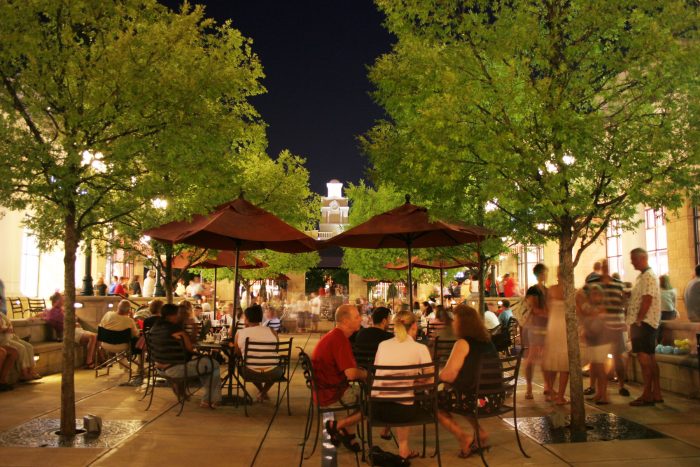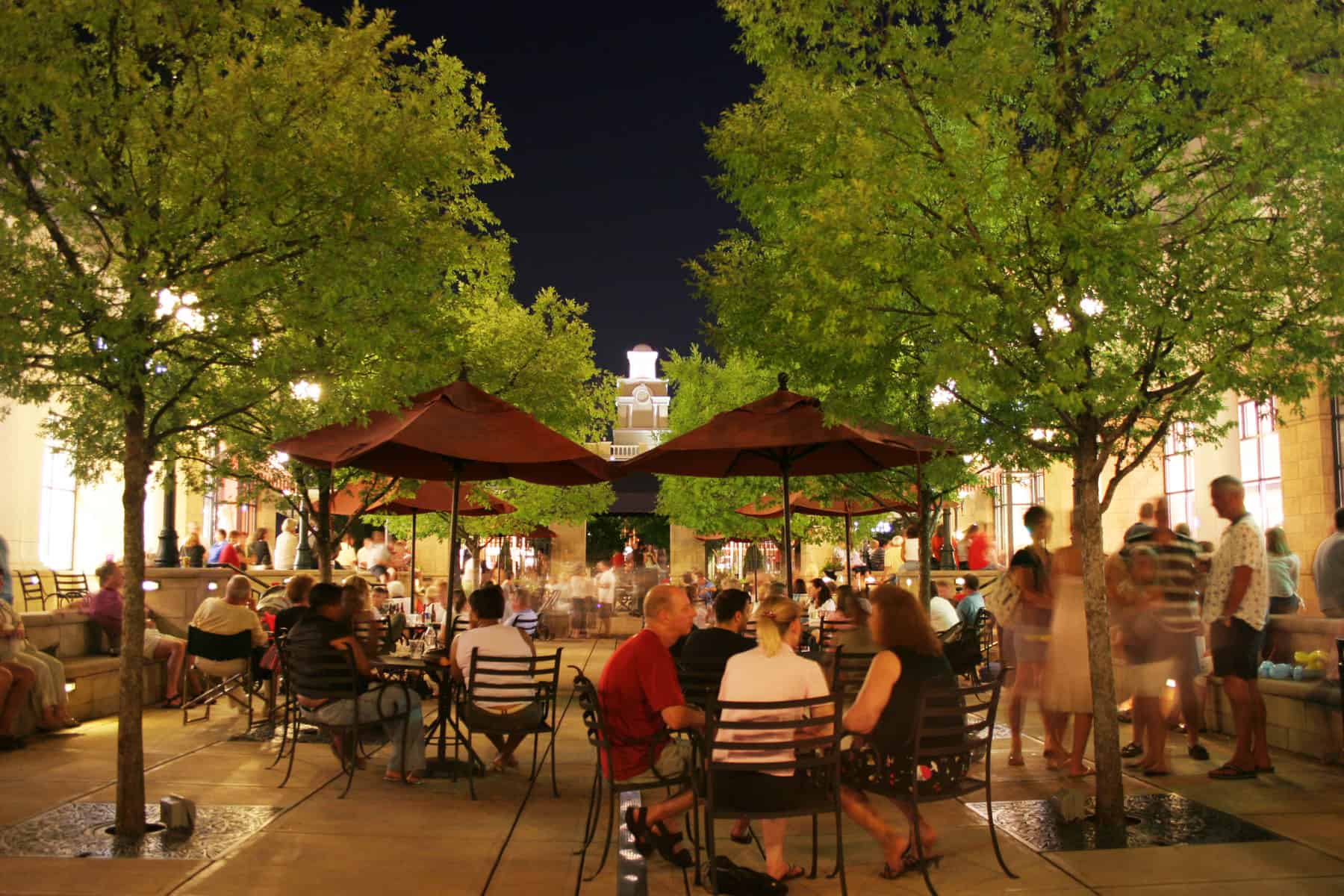As I pull into daycare, I prepare myself for the challenge and start strategizing. I know my two sons will be exhausted from their stretched attention spans and, with only two hours to spare before bath and bedtime, I know our evening will be rushed. The second they see me through the glass classroom doors they snatch up their backpacks and start pleading to go home. We pile into the car and suddenly a wave of dread hits me square in the face – we’re out of milk! This means our usual 15-minute car ride will include a 30-minute stop that will result in my watch telling me to “breathe” multiple times throughout. As we pull into the store parking lot, my youngest starts complaining about being hungry while the oldest is moaning about wanting to play Mario Kart. I quickly assess the situation and, unfortunately, milk is a must-have. I make a beeline for the aisle, all while steering the kids away from anything that could prolong our time in the store. I continually put back unnecessary items the boys pick-up. After multiple bribes to leave the store I had bribed them to go to in the first place, we set out on the final stretch home. We are now 45 minutes into the precious two hours we have together on weeknights and our patience is long surpassed.
Exhausted? Me too. That’s why Amazon works. For our family it is the ease of free home delivery of everyday items that minimizes an already crazy work week. Free home delivery, discounts for automated monthly bundles, and access to endless products add to the success of online retailers in general. Who doesn’t want paper towels automatically delivered without even having to remember to purchase them each month? But with all this convenience and just-in-time delivery, there is still one thing Amazon and, so many other e-commerce retailers, is lacking.
Amazon is lacking a memorable, engaging experience that offers a sense of place and a sense of community. Placemaking for retailers serves as an antidote for the online epidemic. My husband and I have two short days with our boys before the next whirlwind of a week starts. That means our weekend plans are a combination of getting ready for the next work week and enjoying our time together. If a retailer can offer a way for our entire family to enjoy quality time together while accomplishing an errand, sign us up!

What is placemaking exactly and how does it shape our retail interactions? As outlined by CBRE’s “Global Retail and Placemaking” report, there are five key elements to successful placemaking: Leisure, Technology, Sustainability and Well-being, Vertical Retail and Planning.
Leisure relates to anything that “offers a place for visitors to sit, visit, or eat.” This is probably what comes to mind first when thinking of placemaking in retail. It could be a small park, a restaurant you have been wanting to try, or even an outdoor concert series.
The use of Technology in retail can be a tool to help integrate the shopping center into the customer’s ‘everyday technology’. I can open my saved Pinterest boards while in the store to check my purchases against what I am attempting to replicate. Social media is a means of how a customer can remain connected to the retail center even from the comfort of their own home.
But technology in retail can be more than the Pinterest or Instagram apps we find ourselves opening every day. In the case of John Lewis’ flagship store for Hitachi Capital Consumer Finance in Victoria Leeds UK, the combination of visual merchandising and 3D graphics entices the customer to enter and experience the store for themselves. Taubman Centers’ COO, William Taubman, is testing a customized loyalty rewards app based on customer spending levels at the Mall at Green Hills in Nashville. They are also testing cameras that can read license plates and help shoppers navigate back to their cars. The online shopping epidemic pits technology against brick and mortar retail, but technology should enhance and complement an in-person shopping experience.
As outlined by CBRE, the “internal and external sustainability of a place affect how it is perceived by the public.” Through Sustainability and Well-being, the impact a built environment has on the surrounding environment can be reduced. This concept is especially important for millennials who are health-conscious and concerned with environmental sustainability. The DLF Mall of India capitalizes on the concept of sustainability and well-being through LEED Gold: solar heating for energy, 100% treatment and reuse of waste water, AC consuming 20% less energy, extensive use of renewable and regional materials with low VOCs, comprehensive storm water management system, and bore wells to recharge ground water. The design of the mall centers around sustainability and helps further reinforce the commitment to the environment in real time.
In the past, retail has not been focused on verticality. I’m sure everyone remembers their parents dragging them through the lengths of the mall, from big box retailer to big box retailer. As land becomes increasingly harder to find, this seems to be changing. The “Global Retail and Placemaking” report by CBRE notes that the use of vertical buildings in retail can create an actual tourist attraction through visual impact as well as a reduced footprint, thus reducing land costs and impacts to the environmental. Vertical Retail is particularly embraced by Asian markets. Ginza Place in Tokyo, Japan is an example with 6,943 square feet of land area and 79,114 square feet of floor area. This 11-story building utilizes vertical retail in a location where prime real estate is prohibitively expensive. With special event space, traditional retailers, food/beverage operators and storerooms, this vertical retail building is allowing retailers to thrive in an otherwise unaffordable location.

Lastly, Planning in placemaking focuses on how to integrate a development into all the different functions of a place – from residential and office to hotels and retail. Runway at Playa Vista in LA offers a mix of tenants that appeals to locals but also to the surrounding office tenants. The residential component is accented with a technology hub, a lifestyle center and greenspace for events like concerts, open air movie screenings and food truck events that help strengthen the community feel of the center itself.
What does this mean for the future of retail? Is placemaking the catch-all solution for retailers that will stop e-commerce from taking over the world? Most likely not but placemaking does give retailers an edge over the online channel. In “The Science Behind Placemaking in an Omnichannel World”, CBRE points out that in-store sales are consistently higher and yield a higher profit than that of online sales. This tells us that any efforts to increase foot traffic are well worth it, even for a retailer with a higher online presence. Without question there is the need for e-commerce. Groceries delivered almost immediately to your front door is a necessity in my household. But if one-third of all retail sales will take place online, that still indicates that two-thirds of all purchases will occur in physical spaces. More than half of all purchases will still happen in brick and mortar stores. If my family’s experience is any indication, retailers that can offer families time together, time that goes beyond the instore purchase, will come out ahead. Whether it is in the form of leisure, technology or planning, a retail destination that offers a memorable and impactful experience is something that simply cannot be rivaled or re-created in the digital realm.

